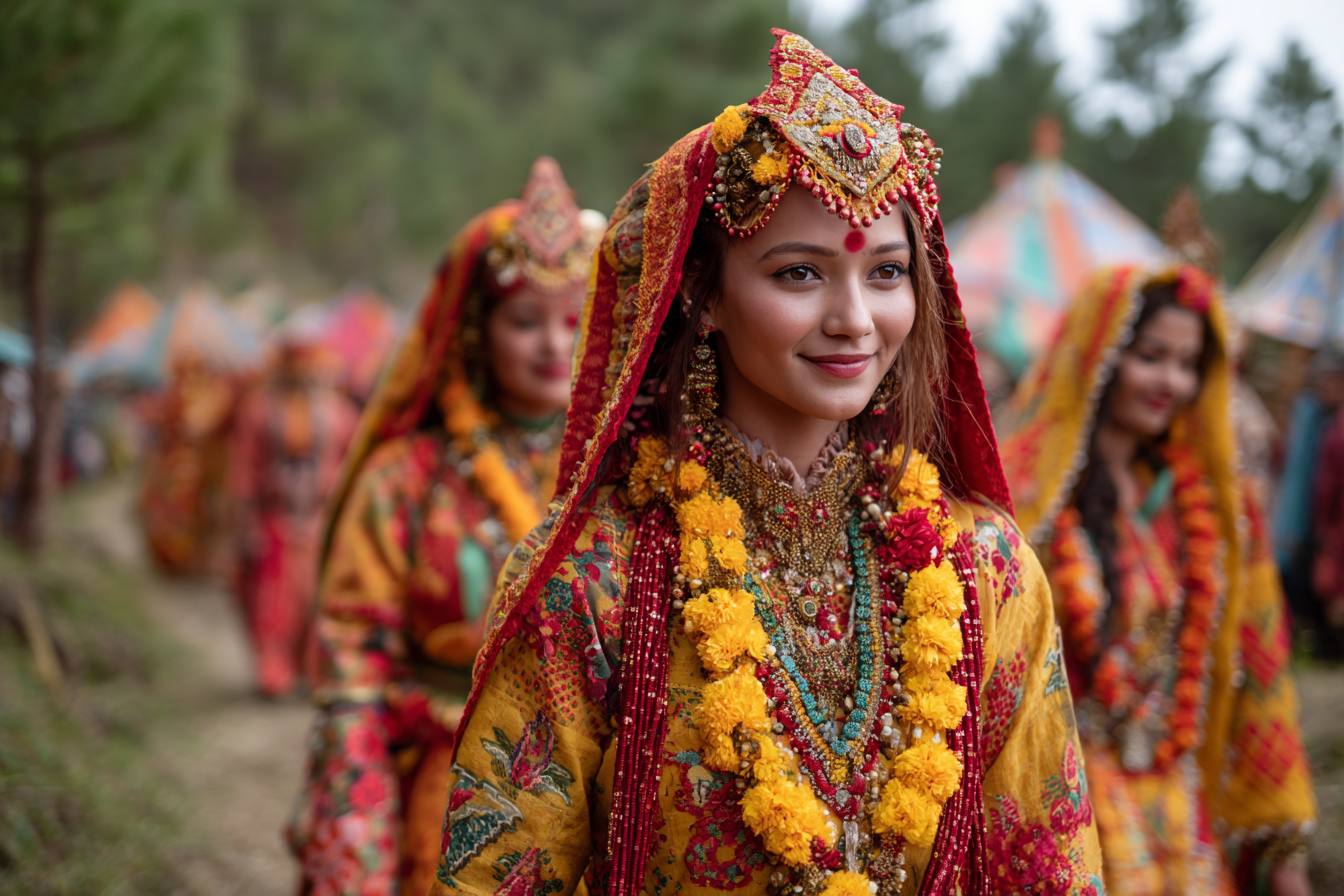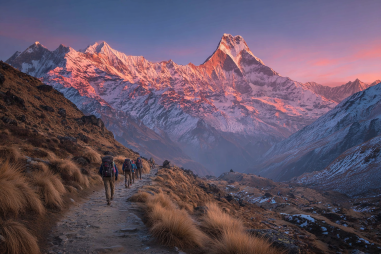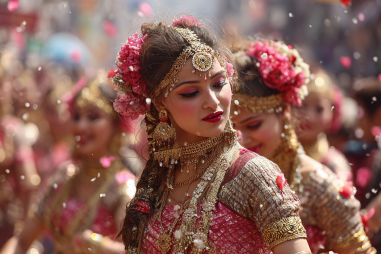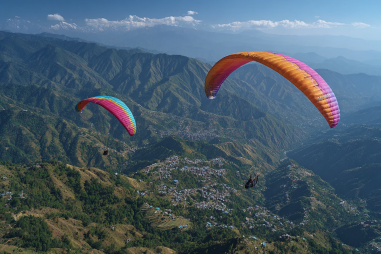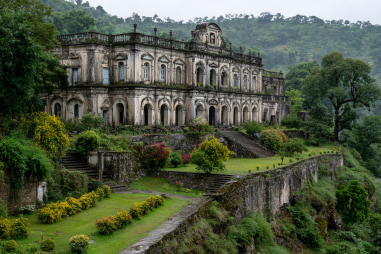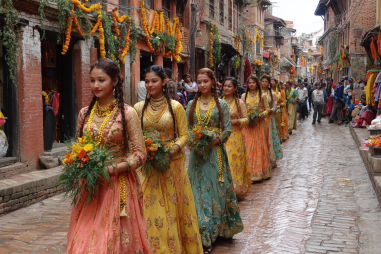Set against the breathtaking backdrop of the Himalayan foothills, Nagarkot is not only a haven for nature enthusiasts but also a treasure trove of cultural richness. Nestled just outside Kathmandu, this peaceful hill station offers visitors a unique opportunity to immerse themselves in the traditional Nepali way of life. From vibrant festivals to intricate crafts, vibrant communities, and mouthwatering cuisine, Nagarkot’s cultural experiences can turn a simple visit into an unforgettable journey through Nepal’s heritage. Whether you’re wandering through villages, joining celebrations, or learning local customs, these experiences deepen your connection to this magical region.
Discovering Nagarkot’s Local Culture
Nagarkot is predominantly inhabited by the Newari and Tamang communities, each with their distinctive traditions, language dialects, and lifestyles. The cultural fabric here is woven with centuries-old customs, spiritual practices, and communal harmony. Daily life in Nagarkot unfolds at a gentler pace, giving travelers the chance to witness authentic Nepalese living away from the hustle of big cities. The locals’ warm hospitality welcomes you into their homes, where age-old tales and rituals are shared over cups of butter tea or fresh-made rice wine. This region embodies a harmonious blend of nature and culture, offering more than just scenic views—it invites you to become part of its ongoing story.
Festivals and Events to Experience in Nagarkot
One of the best ways to immerse yourself in the culture of Nagarkot is to time your visit with one of the many local festivals celebrated with unmatched enthusiasm. Festivals here are colorful displays of spirituality, music, dance, and togetherness that have been passed down through generations.
- Losar: This Tibetan New Year festival is keenly celebrated by the Tamang community. It features masked dances, prayers, and feasts lasting several days, symbolizing purification and good fortune.
- Indra Jatra: Celebrated mainly by the Newari people, this festival honors Indra, the god of rain and heaven, including vibrant masked dances and chariot processions.
- Dashain and Tihar: These national festivals are observed with unique local customs, involving family gatherings, animal sacrifices, and the worship of gods and goddesses.
Participating in or simply observing these events provides a window into the spiritual life and communal bonds of Nagarkot’s inhabitants.
Visiting Traditional Newari and Tamang Villages
To truly grasp the essence of Nagarkot’s culture, a visit to nearby villages inhabited by the Newari and Tamang is essential. These settlements feature traditional architecture, terraced farmlands, and narrow lanes that tell stories of centuries gone by.
As you stroll through the villages, you’ll see intricately carved wooden windows, ancient Buddhist stupas, and colorful prayer flags fluttering in the breeze. Locals greet visitors warmly and may invite you to explore their homes, where you can learn about their farming methods, handicrafts, and folklore. Walking through these villages is a quiet but profound cultural experience, highlighting how these communities continue to maintain their distinct identities while adapting to modern life.
Local Crafts and Artisan Workshops
Nagarkot and its surroundings are known for exceptional craftsmanship—especially in wood carving, pottery, and metalwork. Artisans here create stunning pieces that reflect both religious symbolism and everyday utility. Many small workshops and studios welcome visitors, offering hands-on experiences that bring these traditional arts to life.
Taking part in a workshop is not only a fun activity but also a meaningful way to support local artisans and keep ancient techniques alive. You could try your hand at making a traditional mask, painting a thangka, or shaping pottery, all under expert guidance. By connecting directly with the craftspersons, you gain insight into the materials, tools, and spiritual significance behind each work.
Food Culture and Cooking Classes
The food culture around Nagarkot is a delightful blend of Tibetan and Newari influences, characterized by hearty meals prepared using local ingredients. Staples like millet, maize, and buckwheat accompany flavorful lentil soups, pickled vegetables, and freshly made stews such as “gundruk” (fermented leafy greens) and “daal bhat” (rice and lentils).
For an immersive culinary experience, consider joining a cooking class with a local family. These classes go beyond recipes—they are an intimate introduction to Nepali hospitality, traditions, and the social significance of meals. You’ll learn to prepare authentic dishes, understand the role of spices and herbs, and share stories as you cook. It’s a fantastic way to bring home a piece of Nagarkot’s culture through taste and practice.
Cultural Tours and Homestay Opportunities
One of the most rewarding ways to connect with Nagarkot’s culture is by choosing homestay accommodations or guided cultural tours. Staying in a local family home offers a rare glimpse into daily routines, religious observances, and community celebrations. You wake up to fresh mountain air, homemade breakfasts, and conversations that often become the highlight of your trip.
Cultural tours led by knowledgeable guides enhance this experience by providing historical context, folklore, and personal anecdotes. They help you navigate the villages, temples, and festivals with respectful curiosity and greater appreciation. Many tours include visits to schools, local markets, and monasteries, offering a comprehensive view of Nagarkot’s social and spiritual landscape.
Respectful Interactions and Cultural Etiquette
While exploring Nagarkot’s cultural mosaics, it’s important to approach with openness and respect. Here are some key etiquette tips to ensure positive interactions:
- Always ask permission before taking photographs, especially of people or religious ceremonies.
- Dress modestly when visiting temples or homes to honor local customs.
- Remove your shoes before entering homes or sacred spaces.
- Engage with locals politely, using greetings like “Namaste” (with hands pressed together).
- Be mindful of personal space and avoid touching heads or sacred objects without consent.
- Offer small gifts, such as fruits or handicrafts, if staying in a homestay or meeting hosts.
By following these simple practices, you demonstrate appreciation for the culture and build genuine connections.
Enhancing Your Visit Through Cultural Immersion
Exploring Nagarkot’s cultural experiences transforms a scenic getaway into a meaningful journey. By engaging with festivals, villages, crafts, food, and local people, you gain a richer understanding of Nepal’s heritage and humanity. The serenity of the Himalayan landscape complements and deepens these warm human encounters, creating memories that resonate long after you leave.
Whether you’re a history buff, an art lover, a foodie, or simply an adventurous traveler, Nagarkot’s cultural tapestry offers something special. Embrace each moment with curiosity and respect, and you’ll find that Nagarkot is much more than a destination—it’s a heartfelt invitation to celebrate life in its most authentic form.

